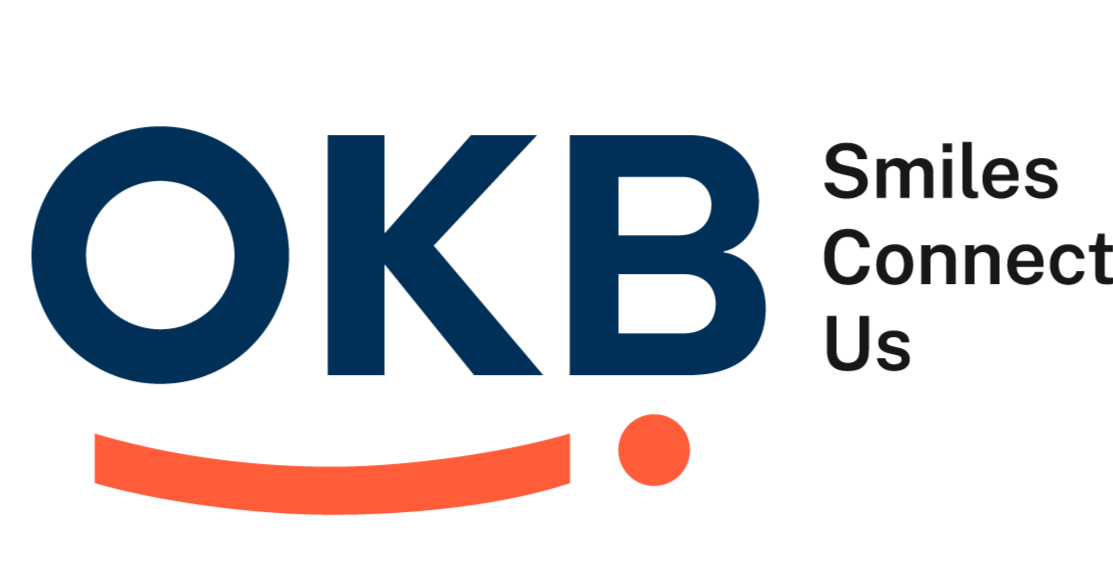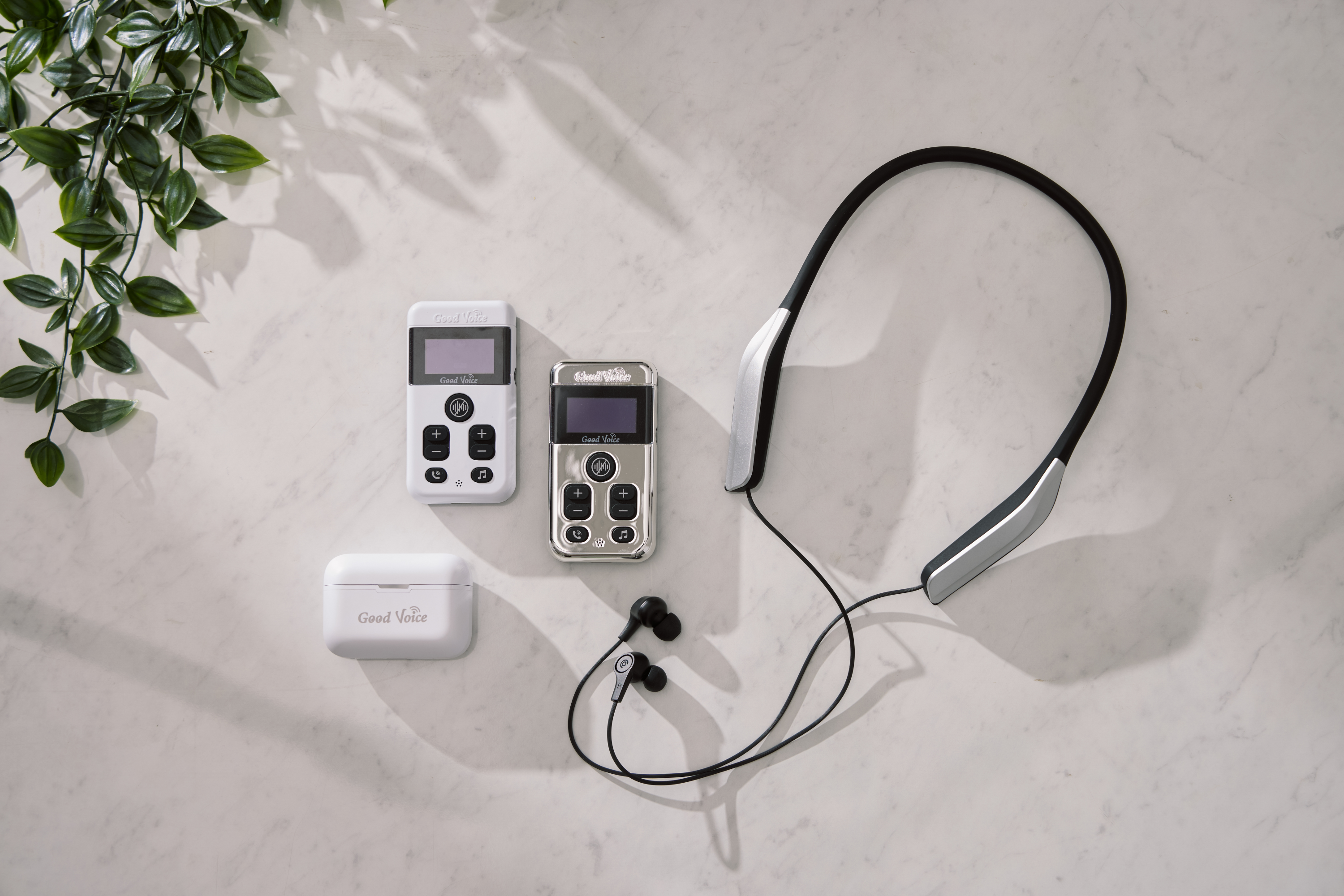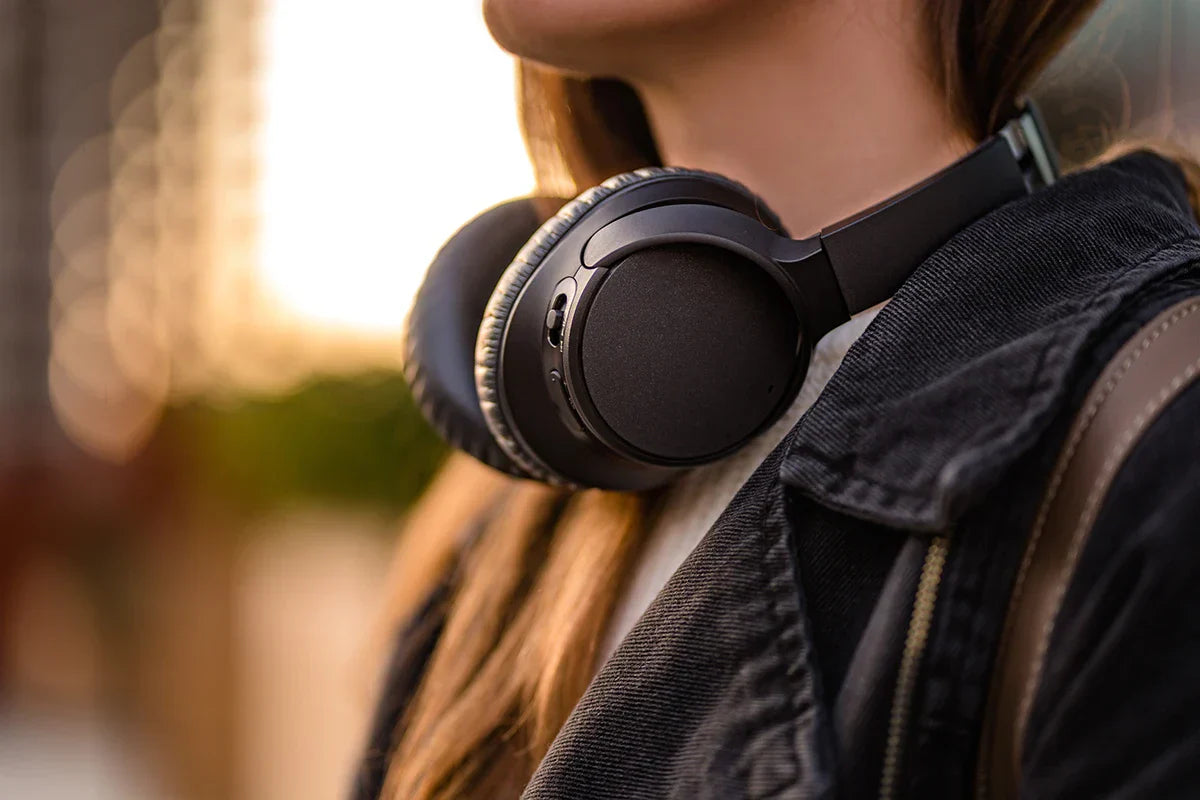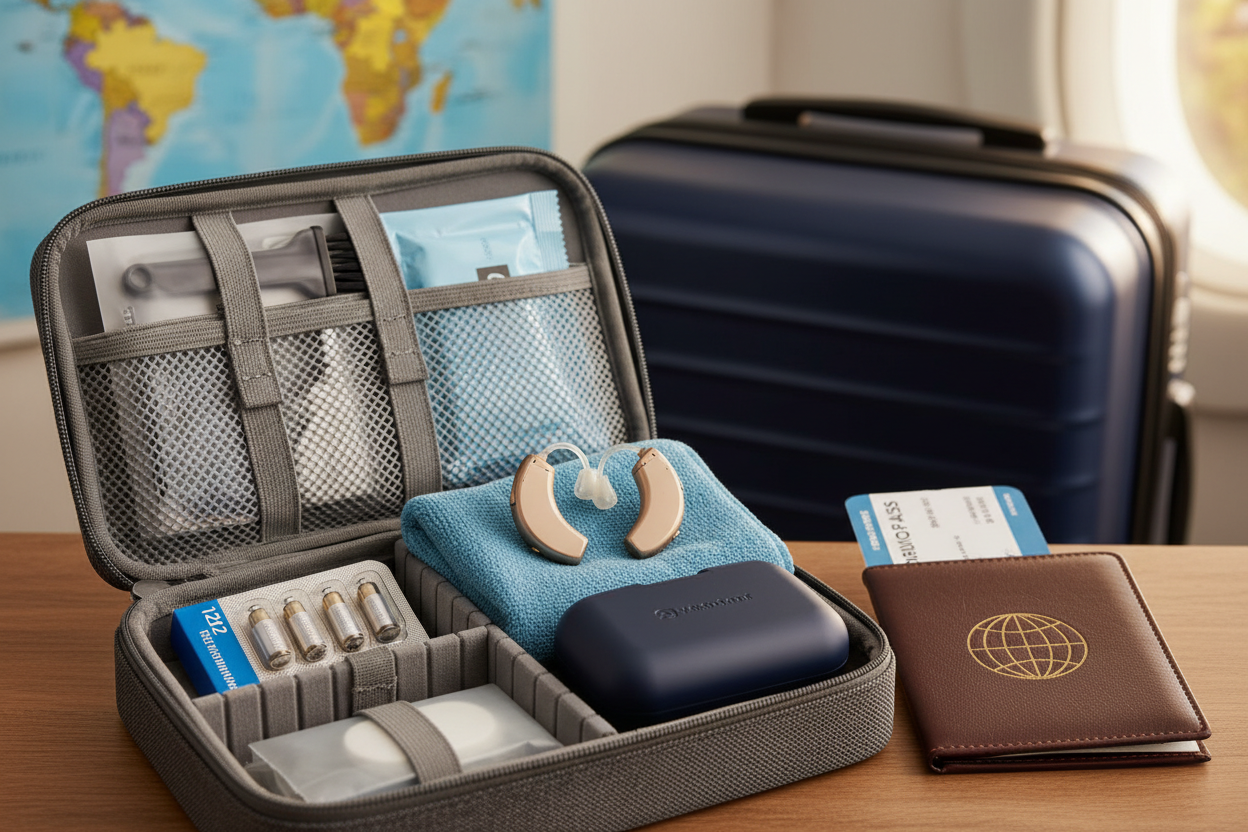Modern over-the-counter (OTC) hearing aids are changing the way people hear—and talk about—hearing technology. At OKB, we’ve noticed a common theme in both customer reviews and professional evaluations: today’s hearing aids are smarter, more flexible, and more intuitive than ever.
In this article, we’ll compare traditional hearing aids with newer OTC models like OKB’s, using both user feedback and expert findings to help you decide what fits your lifestyle best.
Sound Clarity: Real-World vs Clinical Performance
Traditional hearing aids often rely on directional microphones—designed to pick up sound mainly from the front. While this works well in certain situations, it can feel limiting in dynamic environments.

OKB’s detachable main unit, modeled after the concept of a remote microphone, expands on this idea. It directly streams the speaker’s voice to the hearing aid, filtering out background noise and improving speech understanding in noisy places—like restaurants or busy family gatherings.
What the research says:
According to a review published in Healthy Hearing, remote microphones can significantly improve speech recognition in noise by increasing the signal-to-noise ratio—meaning users can focus on what they want to hear, rather than straining through ambient distractions.
What users say:
“With my old hearing aids, I couldn’t hear my daughter clearly at the café. With OKB, I feel like she’s sitting right next to me—even if the place is packed.”
— Teresa, 66
Listening Effort: Reducing Fatigue Throughout the Day
Listening with hearing loss can be exhausting. Constantly trying to piece together words in a noisy setting takes a mental toll. That’s where newer models shine.
OKB’s system reduces cognitive load by delivering clearer, more direct sound through its wireless mic connection. This minimizes the effort required to follow conversations, so you can stay engaged longer without feeling drained.
What the research says:
Studies show that users equipped with remote mic systems report not only better hearing, but also less effort when processing speech in challenging environments (Healthy Hearing).
What users say:
“I used to come home from church completely worn out. Now I still have energy to chat afterward.”
— Louis, 71
Situational Flexibility: One Device, Many Environments
From quiet living rooms to echo-filled community centers, hearing aids need to adapt. That’s why OKB’s use of omnidirectional microphones—which pick up sound from all around—is a game changer.
Traditional directional mics focus on a narrow sound path, which can be useful in structured settings, but disorienting if the speaker moves or you’re in a group conversation. OKB’s design, inspired by professional assistive tech, offers a broader sound field and natural listening experience.
Expert insight:
As detailed in this NIH-supported journal article, omnidirectional microphones help maintain environmental awareness, reduce disorientation, and offer flexibility in dynamic or reverberant spaces.
What users say:
“In group meetings, I don’t feel like I’m missing parts of the conversation just because someone’s sitting behind me.”
— Verified Buyer, Age not Disclosed
Design & Setup: Streamlined for Everyday Life
One of the biggest shifts with OTC hearing aids is user independence. OKB is built with self-guided setup, Bluetooth pairing, and intuitive controls—no clinic visits required.
What users say:
“I didn’t need to wait for an appointment or sit through a bunch of fittings. I opened the box, followed the guide, and was good to go.”
— Frank, 64,
Expert perspective:
OTC hearing aids are designed in response to the FDA’s 2022 ruling, which allows adults with mild-to-moderate hearing loss to purchase devices without a prescription. This increases accessibility and gives users more control over their hearing care—especially for those comfortable navigating tech.
Cost: Premium Tech Without the High-Maintenance Price Tag
Traditional hearing aids can run upward of $4,000 per pair, often due to bundled services. OTC hearing aids like OKB offer comparable sound technology with fewer hidden costs.
What users say:
“These are better than the $3,500 pair I bought five years ago—and I didn’t have to take a loan to get them.”
— Liu, 72
Final Thoughts: What Works Best for You?
Every person’s hearing journey is different—but the feedback is clear: OTC models like OKB are making quality hearing more accessible, customizable, and comfortable. Backed by research and supported by real-world results, they’re a strong alternative to traditional hearing aids for many users.
Still unsure if OTC is right for you? Feel free to reach out or check out our Buyer's Guide to compare options.
Explore Our Most Popular Models → https://okbhearing.com/collections/frontpage
Designed for clarity, comfort, and connection.








Share:
Why Premium Hearing Aids Are Worth the Investment: Quality, Comfort, and Features
How Do Hearing Aids Work? A Comprehensive Guide to Modern Hearing Technology